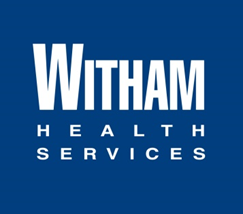What is Health Literacy?
September 27, 2022

Health literacy is the degree to which individuals have the capacity to obtain, process, and understand basic health information needed to make appropriate health decisions.
Education, language, culture, access to resources, and age are all factors that affect a person’s health literacy skill.
Low health literacy is more prevalent among:
- Older adults
- Minority populations
- Those who have low socioeconomic status
- Medically underserved people
Examples of personal health literacy include understanding prescription drug instructions, understanding doctor's directions and consent forms, and the ability to navigate the complex healthcare system.
Inadequate health literacy can lead to numerous negative effects on an individual’s health and well-being, including poor self-care, increased utilization of health services, worse outcomes, and decreased likelihood of receiving preventive care and services. Poor communication with patients also contributes to unnecessary readmissions and reduced patient satisfaction and engagement.
Health information can be confusing even for those with advanced literacy skills. It’s easy for those working in health care to forget that patients can’t always easily understand the terminology that is being used. Most of us can recall times when we believed that we shared information with someone and assumed they understood our instructions, only to later discover confusion or misunderstanding because of the wording or way we communicated. By using simple language and common words and avoiding complicated medical terminology in order to be as clear as possible will improve communication between providers and patients and will minimize the risk of misunderstanding.
At Witham, we continue to work on improving the safety and reliability of care, in all areas of healthcare. We are expanding our efforts to include how we communicate with patients about their treatment plans and their health. By encouraging patients to ask questions, repeat back instructions and demonstrate back particular tasks will help to ensure that we are communicating clearly and delivering information at the appropriate literacy level. This is an important step in enabling everyone to have the information needed to make appropriate health decisions.